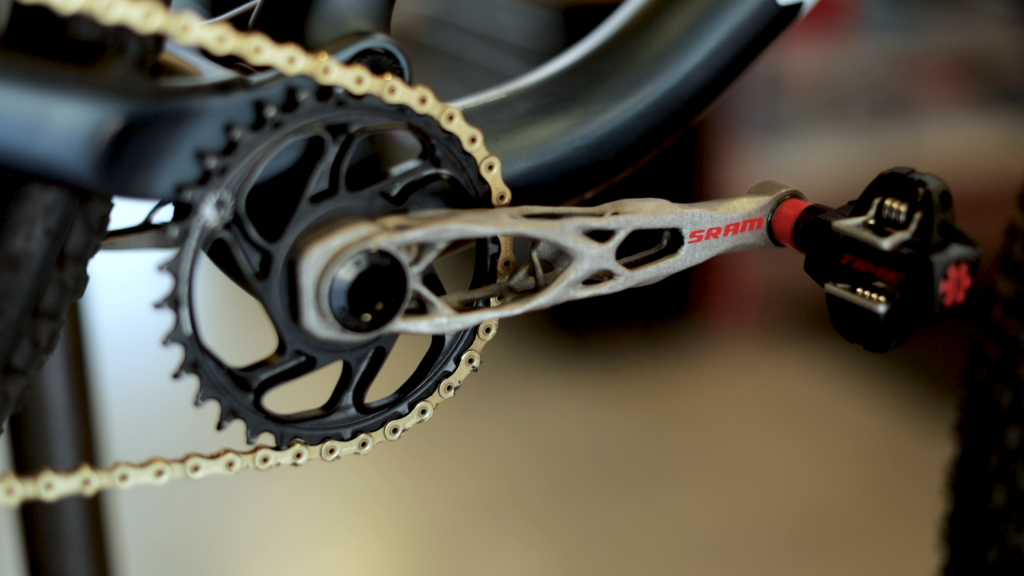Subscribe to the 3D Printing Industry YouTube channel for the latest 3D printing webinars, video shorts, and reviews.
Engineering software developer Autodesk has announced a huge price reduction of 80% for the Generative Design Extension of its Fusion 360 CAD software.
Commercially launched back in 2018 for an annual subscription of $8,000 per year, the AI-powered extension has always been relatively inaccessible to anyone other than major engineering and manufacturing firms. Now, customers will be given full access to unlimited generative design studies for just $200 a month or $1,600 a year, making geometrically-optimized 3D printing cheaper than ever.
Alongside the subscription model, Autodesk also runs a ‘cloud credits’ licensing model for users working on a per-project basis. Before the price update, users would pay 25 cloud credits ($25) to generate an editable design and 100 cloud credits ($100) to export the model.
Now, customers are able to consolidate both the study generation and the model export into one package, all at a largely reduced cost of 33 credits ($33). Based on the new price structure, it is more cost-effective to opt for the subscription model when running more than four studies a month.

What is generative design?
Generative design, or topology optimization, is a goal-oriented approach to part design. Commonly used alongside 3D printing technology, generative design software takes as input a number of design goals such as part performance, spatial limitations, materials, production processes, and cost constraints. By first exploring all possible iterations of a part, the algorithms of a generative design program are able to select the most optimal topology, saving on costs and material use while maximizing mechanical performance.
Autodesk’s Generative Design Extension is one such program. The software has seen several feature updates since its release, including a dedicated cost estimation tool, and has already been used by several industrial customers in additive manufacturing projects.
For example, bicycling company SRAM has previously used the Generative Design Extension to create geometrically optimized parts for its bikes. Employing 3D printing technology, the company was able to fabricate a new bike crank arm that was twice as strong as the legacy design while cutting the weight of the part by 20%.
Aerospace manufacturer Airbus has also used the tool to reimagine multiple structural aircraft components in a bid to save crucial weight. Specifically, the company 3D printed a ‘bionic partition’ used to divide the passenger compartment from the galley of the A320 aircraft. The prototype was 45% lighter than the traditionally manufactured counterpart and just as strong.
“Experience and insight put us in a position to dramatically increase access to the technology and invite a much broader swath of Autodesk users to see what’s possible with generative design,” said Stephen Hooper, VP and General Manager of Autodesk Fusion 360. “Giving design teams of any size and budget an opportunity to take advantage of it has been our vision since inception, as we believe it will be good for everyone.”

Geometric optimization and 3D printing
Autodesk’s Generative Design Extension isn’t the only tool in the field of topology optimization. Earlier this year, 3D printer manufacturer Stratasys and engineering software developer nTopology added a new Masking Fixture Module to their FDM Fixture Generator design automation tool. The software is designed specifically to streamline the design for additive manufacturing process for 3D printed jigs, fixtures, and other tooling.
Over in the academic space, researchers from the University of Liege and the Delft University of Technology recently developed a new method of topology optimization designed specifically for large-scale 3D printed parts. Incorporating nozzle size constraints directly into the technique, the method is intended for large-scale processes such as Wire Arc Additive Manufacturing (WAAM), Directed Energy Deposition (DED), or concrete additive manufacturing.
Subscribe to the 3D Printing Industry newsletter for the latest news in additive manufacturing. You can also stay connected by following us on Twitter, liking us on Facebook, and tuning into the 3D Printing Industry YouTube Channel.
Looking for a career in additive manufacturing? Visit 3D Printing Jobs for a selection of roles in the industry.
Featured image shows a generatively designed bike crank arm 3D printed by SRAM. Photo via Autodesk.



